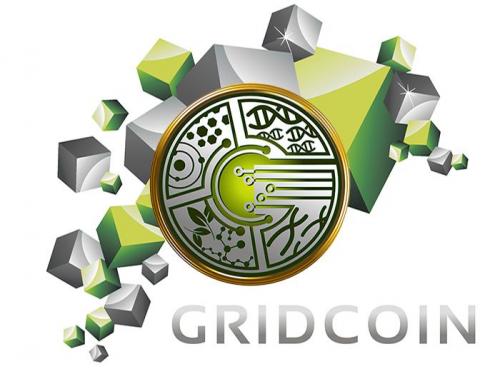
A peer-to-peer cryptocurrency, Gridcoin was released in 2013. Ranked 313th in the world, the digital currency focuses on mining and its environmental impact.
\r\nAiming to dispense coins in a new and unique way, instead of miners competing to receive coins, network contributors are compensated for providing computational power to answer scientific computations on the BIONC (the Berkeley Open Infrastructure for Network Computing). BIONC is a volunteer computing platform combining the power of individuals for the purpose of scientific research. Free and production ready, numerous projects have already utilised volunteered computing power. Users who require free computing power for a project can launch a BIONC project. The Gridcoin network will then reward volunteers supporting your project to help with electricity bills and increase rentention.
\r\nWith a unique, hybrid consensus algorithm, Gridcoin’s supply schedule is more compound than other digital currencies. Creator Rob Halförd developed Gridcoin using the MIT License, which is often used in the development of open-source projects.
\r\nGridcoin is dedicated to working with cryptocurrency and cryptography. Contributing to Gridcoin means that users will be contributing to BIONC, which means that users are also contributing to a number of projects.
The blockchain industry has grown exponentially, disrupting traditional markets and creating new opportunities for innovation.
MoreThe UAE has amassed $40 billion in Bitcoin, solidifying its ambition to become a global cryptocurrency hub.
MoreAustralian Computer Scientist Craig Wright Found in Contempt by UK High Court
MoreIn a bold move reinforcing its commitment to cryptocurrency, MicroStrategy announced the acquisition of 5,262 bitcoins for $561 million, elevating its total Bitcoin holdings to an impressive 444,262 BTC, valued at approximately $42.1 billion.
More